Smart wearable device wireless charging reception solution diagram
Wireless charging technology originates from wireless energy transmission technology. Low-power wireless charging often uses electromagnetic induction (such as Qi mode for charging a mobile phone). High-power wireless charging often uses a resonant type, and the magnetic field is transmitted between the charger and the electric device. Energy, no wire connection between the two, so the charger and the power device can be exposed without any conductive contacts.
There are four mainstream wireless charging standards: Qi standard, PMA standard, A4WP standard, and iNPOFi technology. Among them, Qi is the world's first standardization organization to promote wireless charging technology, the Wireless Charging Standard (WPC), which has two features: convenience and versatility. First of all, different brands of products, as long as there is a Qi logo, Qi wireless charger can be used to charge. Secondly, it has overcome the technological bottlenecks of the “universality†of wireless charging. In the near future, mobile phones, cameras, computers and other products can be charged with Qi wireless chargers, which will provide possibilities for large-scale wireless charging applications.
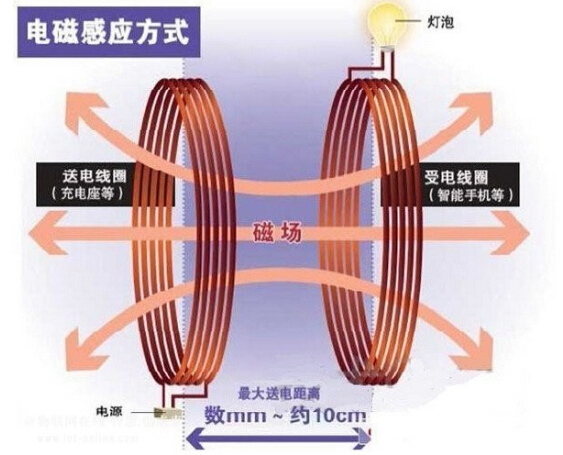
The mainstream wireless charging technology in the market mainly uses three methods, electromagnetic induction, radio waves, and resonance. Qi uses the most mainstream electromagnetic induction technology. In terms of technology applications, Chinese companies have already stood at the forefront of the wireless charging industry. It is reported that Qi's application products in China are mainly mobile phones and portable digital products.
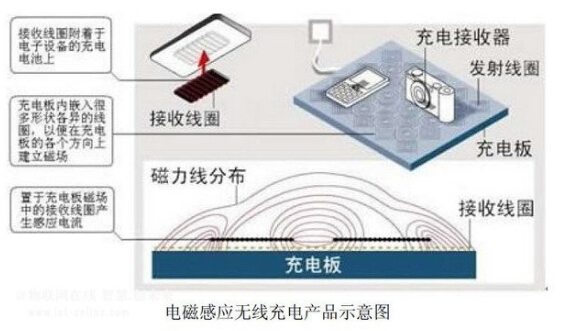
Second, the functional description and block diagram:
Typical battery-inductive wireless charging block diagram:

Chip architecture diagram: (wireless charging receiver + charging management circuit)

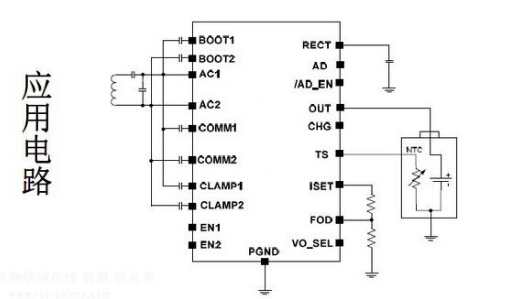
Functional description:
1, in line with WPCQi1.1 standard, w/FOD
2, high integration, built-in high efficiency synchronous rectification, battery charge management 3, built-in MCU, to ensure system flexibility 4, built-in 12bits high-precision ADC
5, the maximum charging current 400mA@5V
6, single pin 4.2V, 4.35V battery voltage setting 7, current reverse protection, static power <0.1uA
8, 20V voltage input tolerance 9, built-in over-current, over-voltage, over-temperature protection
High Precision Die Cutting Machine
Flying Man series Die Cutting Machine is mainly used for backlight production lines, CNC hole position production line, specialized for multiple hole position die cutting products, use Japanese servo motor, touch screen control panel and PLC program control, combined the technology of the United States, Japan, South Korea, Taiwan made high precision die-cutting machine, the die cutting on the market has been very widely used, especially suitable for the repeatedly die cutting technology of complex product.
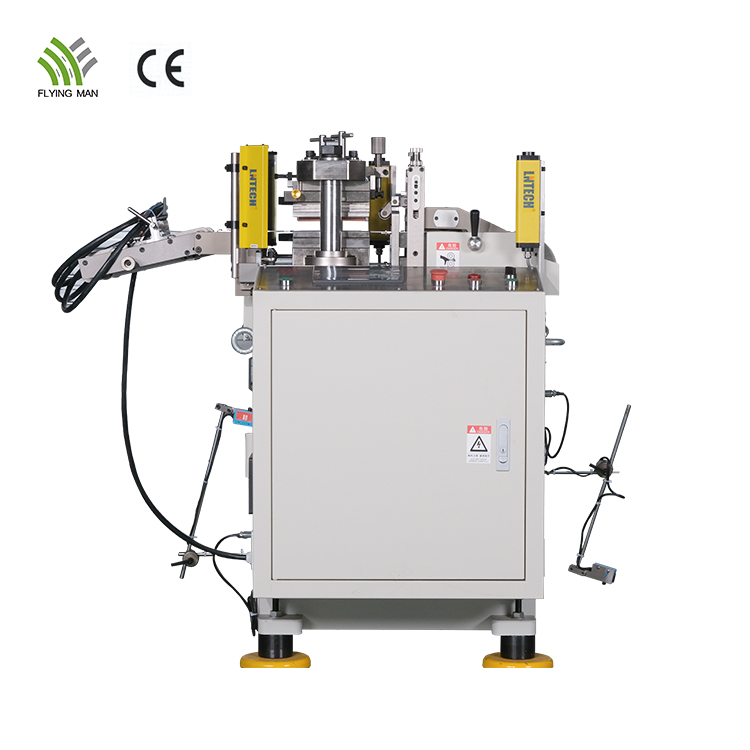
Advantages of Flying man high precision die cutting machine.
Perfect flatness, it can kiss cut to 0.025 mm base material which was reached the world advanced level.
Low speed acceleration patented technology, Patent No. : CN20691321SU (30-100 times/min, no change in pressure).
Automatic closing mode instead of manual closing mode with labor-saving.
The operation interface is extremely simple and easy to use.
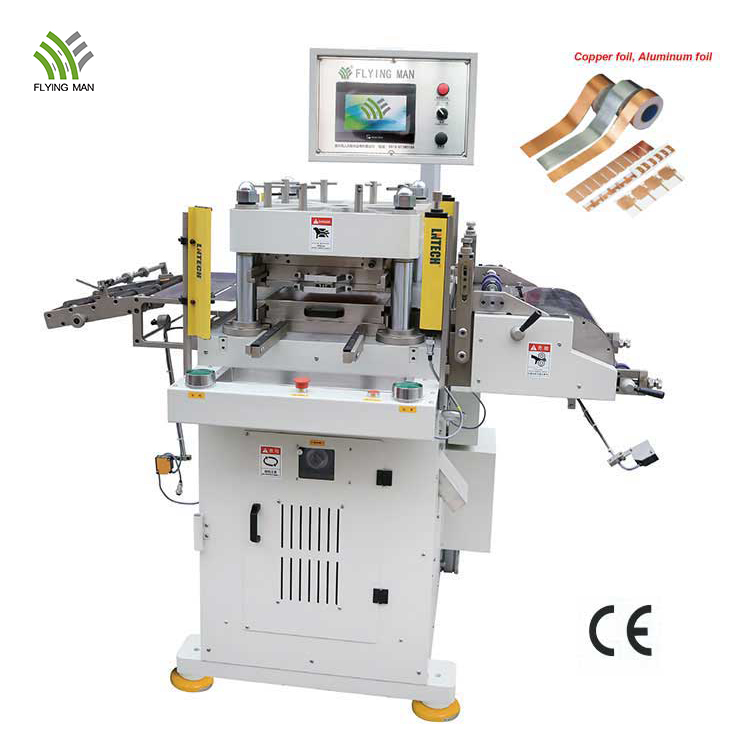
Custom Die Cutter,Die Cutting Machine Price,Mini Die Cutting Machine,Die Cutting Machine For Sale
Suzhou Flying Man Assembly Automation Co., Ltd. , https://www.flyingmancuttingmachine.com